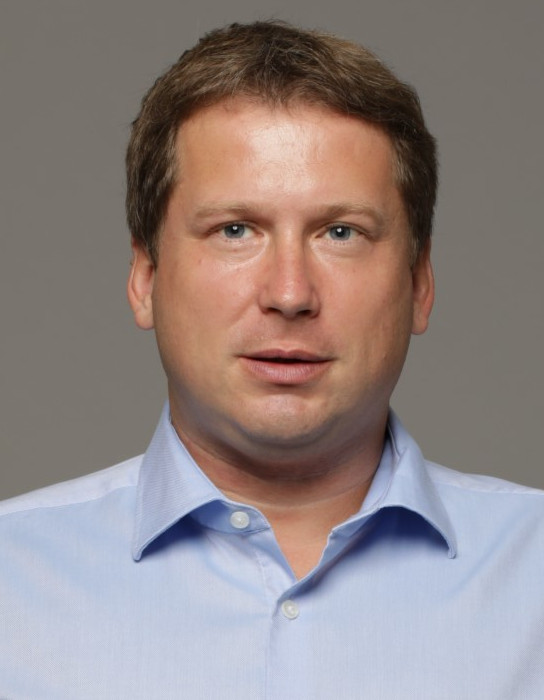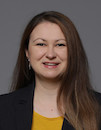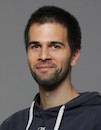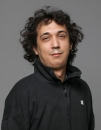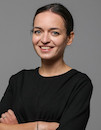Signals and Systems
Data is displayed for academic year: 2023./2024.
Exercises
Laboratory exercises
Course Description
In this course a computational view of signals and systems is implemented and students will acquire basic knowledge necessary in computer engineering, communication, control and electronics. Topics are as follows. Signals as functions. Discrete and continuous time signals. Elementary signal operations. Elementary signals. The four F ourier transforms: CTF S, CTF T, DTF S, DTF T. Fourier transform properties. Sampling and discrete-time signal processing. Discrete time
F ourier transform. Systems as functions. Systems with the memory. Linear and time invariant (LTI) systems. Convolution sum and convolution integral. Response of linear time invariant systems. Transfer functions and frequency response. Laplace and z-transform in LTI system analysis. State-space model. Basic structures for the implementation of LTI systems.
Study Programmes
University undergraduate
[FER3-EN] Electrical Engineering and Information Technology - study
(4. semester)
Learning Outcomes
- Classify signals
- Explain and apply tests to unknown systems in order to classify the systems into known categories
- Interpret and compare the properties of the F ourier Transform, the Laplace Transform and the Z-Transform
- Apply methods to find response of LTI time discrete and time continuous systems in time domain
- Apply Laplace and z- transform to find response of LTI time discrete and time continuous systems
- Analyze transfer functions and frequency responses and present the properties of the systems
- Analyze MIMO systems described with state equations
- Analyze and implement linear systems using block diagrams
- Explain the relation between continuous and discrete signals and systems
Forms of Teaching
Lectures
Lectures are held in English. Attendance is obligatory.
ExercisesProblem-solving sessions are held once a week. The selection of problems is a good preparation for exams.
Experiments-
Consultations-
LaboratorySix laboratory exercises are obligatory.
Grading Method
| Continuous Assessment | Exam | |||||
|---|---|---|---|---|---|---|
| Type | Threshold | Percent of Grade | Threshold | Percent of Grade | ||
| Laboratory Exercises | 50 % | 10 % | 50 % | 0 % | ||
| Homeworks | 0 % | 6 % | 0 % | 0 % | ||
| Class participation | 0 % | 4 % | 0 % | 0 % | ||
| Mid Term Exam: Written | 30 % | 40 % | 0 % | |||
| Final Exam: Written | 30 % | 40 % | ||||
| Exam: Written | 51 % | 100 % | ||||
| Exam: Oral | 100 % | |||||
Week by Week Schedule
- Definition of signals and systems, Classification of signals and systems
- Signals and systems parameters, Modeling of signals and systems
- Continuos time Fourier series (CTFS)
- Continuos time Fourier transform (CTFT)
- Discrete time Fourier series (DTFS)
- Discrete time Fourier transform (DTFT)
- Nyquist frequency, Aliasing in time and frequency domain
- Interpolation, Signal dimensionality, Midterm exam
- Impulse response of the LTI systems
- Convolution sum and integral
- Linear differential and difference systems
- Definition, similarities to Laplace transform, Properties
- Transfer function, Use in solving LTI systems response
- Direct, Cascade
- Parallel, Transformation of state variables, Final exam
Literature
T. Petković, B. Jeren i ostali (2004.), Signali i sustavi zbirka zadataka, FER, elektroničko izdanje
A.V. Oppenheim and A.S. Willsky, with S.H. Nawab (1997.), Signals and Systems, Prentice-Hall
For students
General
ID 209743
Summer semester
6 ECTS
L3 English Level
L3 e-Learning
60 Lectures
0 Seminar
18 Exercises
15 Laboratory exercises
0 Project laboratory
0 Physical education excercises
Grading System
87 Excellent
75 Very Good
63 Good
51 Sufficient

 Pristupačnost
Pristupačnost
